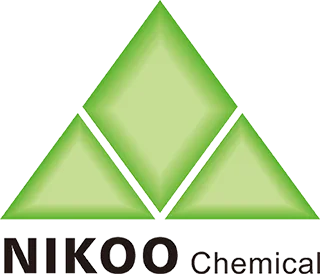Retinol & Retinoids: The Gold Standard for Renewal (Patience Required!)
Mention "anti-aging" or "acne-fighting," and retinol inevitably enters the conversation. Part of the vitamin A derivative family (retinoids), it’s arguably the most clinically proven ingredient for transforming skin texture and tone. But its power demands respect and patience. Let’s explore why it’s revered and how to navigate the "retinization" journey.
Retinoids work primarily by binding to specific receptors within skin cells. This interaction fundamentally changes cellular behavior:
1.Accelerated Cell Turnover: They speed up the rate at which skin cells are born, mature, and shed (desquamation). This helps unclog pores (great for acne), slough off dull, pigmented surface cells, and reveals fresher, smoother skin underneath.
2.Boosted Collagen & Elastic Fiber Production: They stimulate fibroblasts (collagen-producing cells) deep in the dermis. Over time, this thickens the skin's supportive structure, reducing the appearance of fine lines, wrinkles, and improving firmness.
3.Normalized Keratinization: Especially beneficial for acne, they help prevent pores from getting clogged with sticky dead cells.
4.Pigmentation Regulation: By enhancing cell turnover and potentially inhibiting melanin transfer, they help fade sun spots and melasma.
The results? Smoother texture, fewer breakouts, diminished fine lines and wrinkles, improved firmness, reduced hyperpigmentation, and a more even, radiant tone. It’s a true multi-correctional powerhouse.
However, this cellular reboot doesn't come without initial protest. The "retinization" period is the adjustment phase where skin adapts. Common side effects include:
Dryness & Flaking: Accelerated cell turnover brings underlying newer cells to the surface faster.
Redness & Irritation: Increased sensitivity is common.
Purge: For acne-prone skin, initial breakouts can occur as trapped debris is rapidly pushed out.
Sun Sensitivity: Retinoids make skin significantly more vulnerable to UV damage.
Navigating this requires strategy:
Start Low & Slow: Begin with a low concentration (e.g., 0.025% retinol or even gentler alternatives like retinaldehyde or granactive retinoid) 1-2 nights per week.
Buffering: Apply moisturizer first, wait 20 mins, then apply retinoid to reduce irritation.
Gradual Increase: Slowly increase frequency (e.g., every other night, then nightly) only as your skin tolerates.
Moisturize Relentlessly: Counteract dryness with hydrating serums (like HA) and rich moisturizers.
Sunscreen is NON-NEGOTIABLE: Daily, broad-spectrum SPF 30+ is essential to protect sensitized skin and prevent damage. Retinoids make sun damage worse if unprotected.
Patience: Visible results (especially collagen building) take consistent use over months (3-6+). Initial results might be improved texture/acne control.
Retinoids aren't a quick fix; they're a long-term commitment. The initial adjustment can be challenging, but for those who persevere with a careful approach, the rewards – profoundly improved skin health and appearance – are often unparalleled. Respect the process, prioritize sun protection, and embrace the journey to renewed skin.

Phone: +86 20 36028881
Fax: +86 20 36550567
Email:rebecca@nikoochem.com
WhatsApp: +86 13822397763
Add: No 1718, Airport Rd., Yuncheng St., Baiyun Dist., Guangzhou City, Guangdong, China 510000
